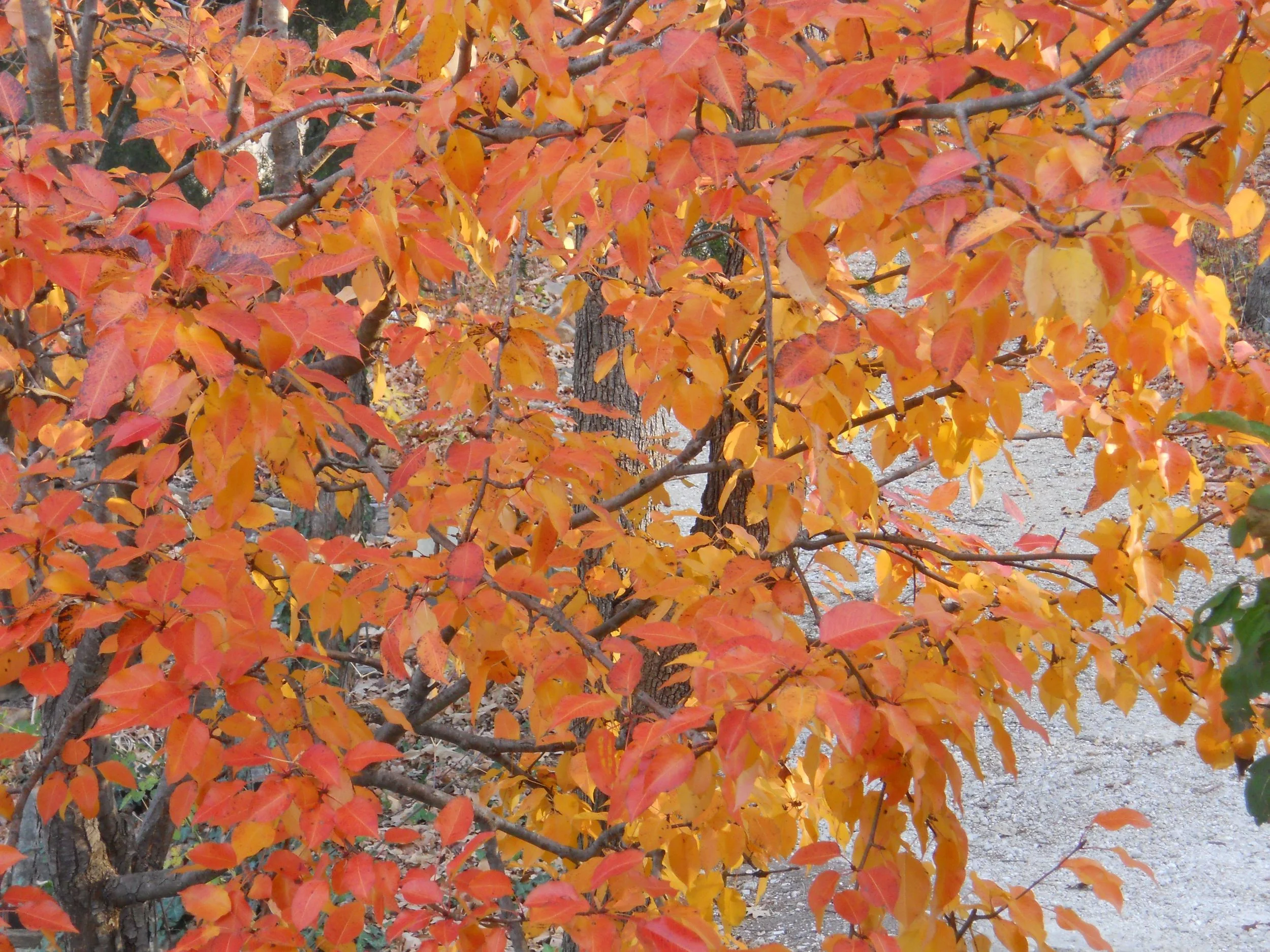Forecasting Winter
/What does this wooly worm say to you about winter? (Photo by Charlotte Ekker Wiggins)
Forecasting Winter
Shortly after moving to Missouri, one of my neighbors tried to explain the rules behind woolly worm forecasting. As I recall, all black means a rough winter ahead; honey brown bands mean mild periods where the bands are on the worm. If the woolly worm has spiky protrusions, watch for ice. If it’s well, “woollier” than normal, better bundle up.
If the first wooly worm I found in my garden a couple of weeks ago is any indication, we should have an above normal warm winter. The wooly worm was all brown, a sign that the winter will be milder than usual. I think.
Although woolly worms may be the most well known, there are other interesting forecasters in nature:
Higher and larger ant and termite mounds mean a colder than normal winter. If they’re rushing back and forth in straight lines, rain is coming. When they go in search of food in random patterns, the weather will be good.
About this time of year I think about this winter forecasting sign and say to myself I would like to meet the person who sat around watching ants and then comparing their behavior to winter patterns. Then again, maybe not.
Bees nests built higher than usual means cold weather ahead. They also cluster around, and in, the hive when stormy weather is approaching.
It’s true honeybees cluster – they don’t hibernate – inside a hive when stormy weather is approaching. As a beekeeper, it’s one of the ways I know bad weather is moving in. Bees also move up the hive through winter, eating the honey above them. My bees mid-September were already in their second of their three hive boxes so I moved them down to the first floor. That makes sure they have enough food for winter.
Is that a good predictor of weather? Probably not, it’s what bees do when daylight gets shorter.
If you need to know the temperature, count the number of chirps in a 14-second time span of cricket chirping. Add 40 to that number and you’ll be within one degree. In fact, many insects tend to be more active when it’s warmer, including the sounds they make.
If flies land and bite, rain is imminent.
When Katydids begin their chirping chorus, you can expect the first hard frost in 90 days.
Seeing more spiders than usual? That supposedly means abnormally cold temperatures ahead.
If spider webs are flying in the wind, there will be no rain. If a spider puts up a web, the upcoming weather will be fine. If the spider removes it, a storm is on its way.
There is also the Ozark tradition of opening a persimmon and checking the seed. A spoon shape inside indicates above average snowfall, a knife shape signals colder than normal temperatures and a fork shape means warmer than average temperatures.
My cats do a pretty good job of simulating this sleeping cat quilt and forecasting the weather for the upcoming day. If they don't get out of bed, I know it's cold outside.
Charlotte












